George Marazakis is a Greek photographer who has made a significant contribution to the visual enlightenment related to the Anthropocene with his photographic series, “A Cure for Anthropocene”
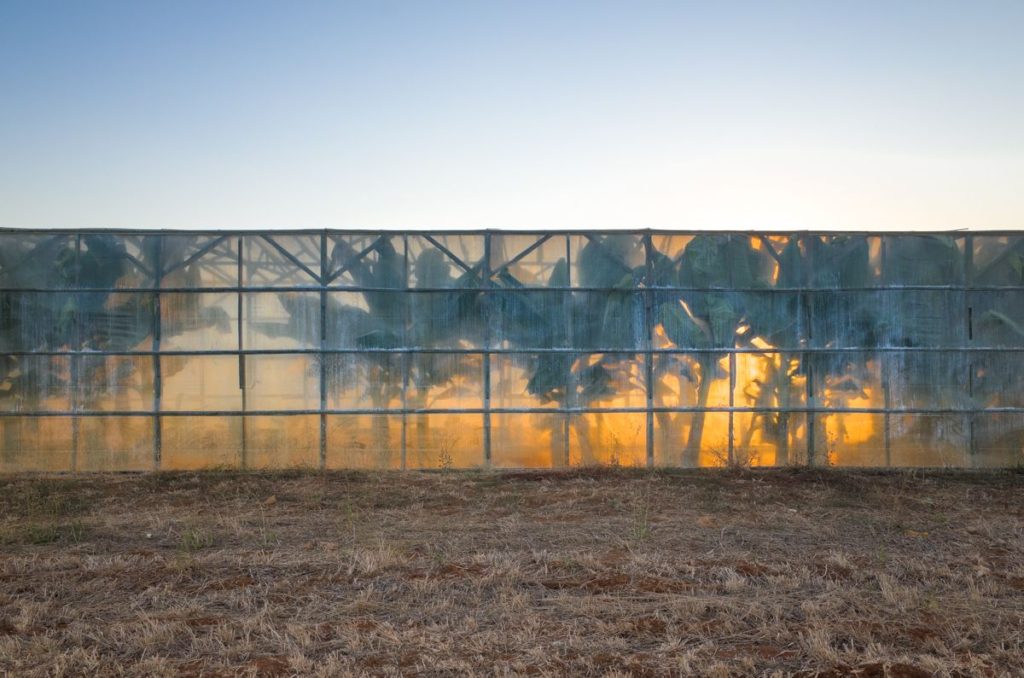
His work encapsulates the degradation of the environment in a subtle manner rather than a brash, “in your face” approach. His method does not concentrate on shooting the obvious, mainstream aesthetic themes such as animals entangled in plastics and inept images of geological agony that the media force feed society as a way of sort of ‘guilt-tripping’. Instead George shoots natural landscapes where subtle gestures of man’s ramifications can be seen. He seems to weave the elements of industrialism and climate change into his the landscapes rather than making them the vocal point. I feel this is a far superior way of creating awareness to the issue. It focuses on giving a neutral aesthetic to the Anthropocene. This forces the comparison process of making contrasts between the peaceful natural utopia and the traumatic dystopia that humans are inflicting on the planet. This forces audiences to use their cognition which leads to them caring about the issue more.
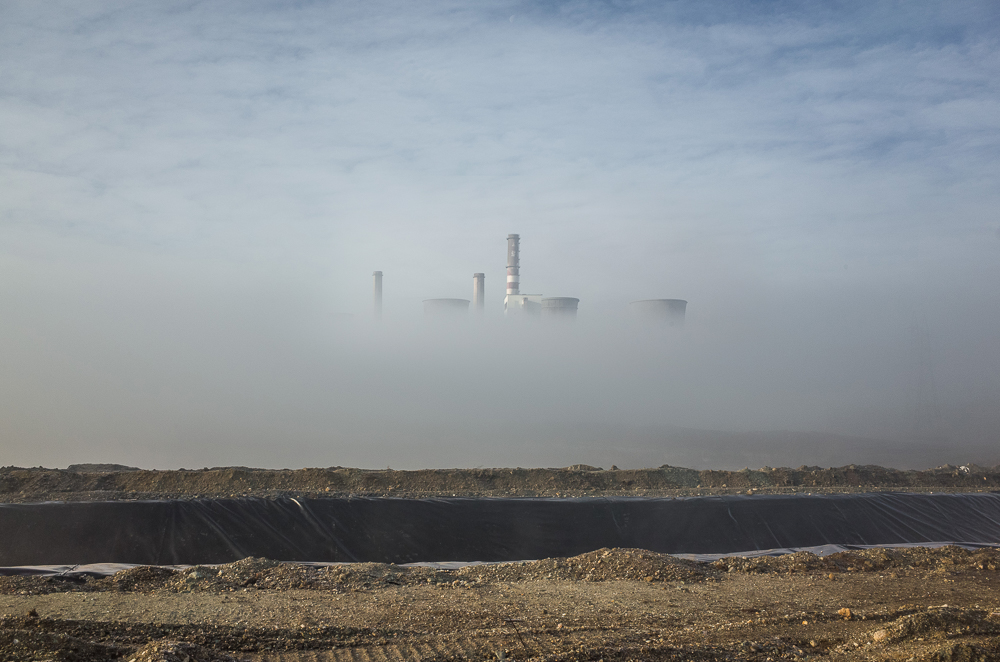
Another distinct element to his photography is the warm, hazy, monotone hue his images have. It almost implies the idea of the earth heating up and global warming. It also creates a slight sense of panic almost like a fire has started and orangey smoke is pouring out of his images. It develops an apocalyptic aesthetic for Anthropocene.
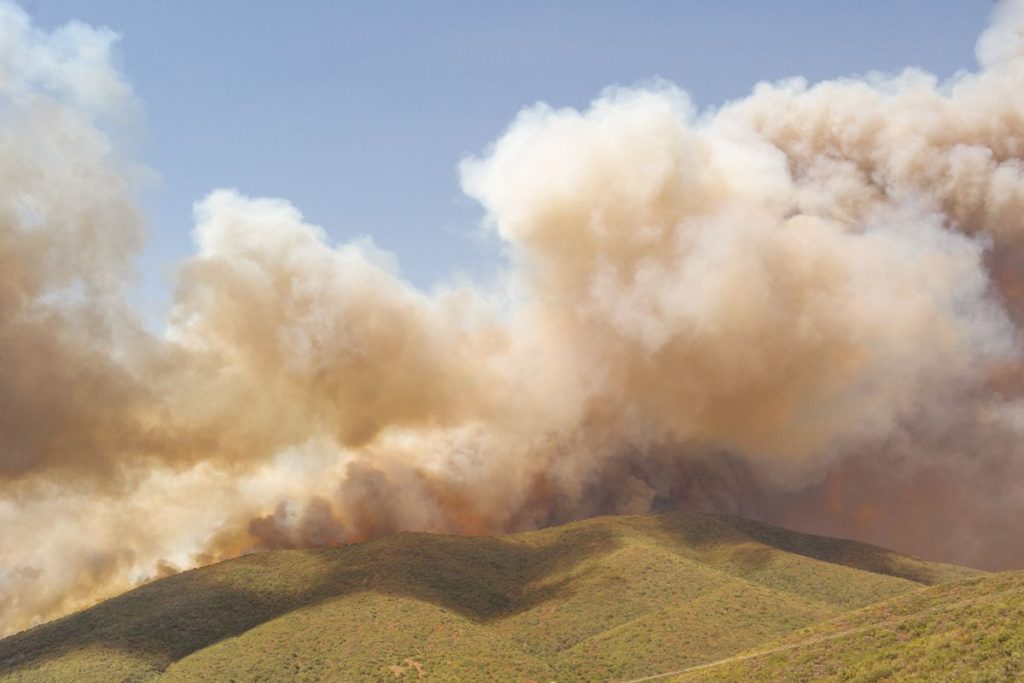
This subtle approach of integrating slight man made interruptions into his landscapes came about as George began to think of the Anthropocene as a disease. “While I was photographing the landscapes affected by human interactions in the middle of natural spaces, the topography started looking like a body to me – like something with the early stages of psoriasis on its skin,” he explains. “If humans are a product of nature, then we can say that we are a disease attacking our own organism, just like an immune system can attack its own body – like autoimmune diseases.” His work takes this idea of disease and spins it around to create a sense of hope by reinforcing the idea that diseases can be cured, this is imbedded in the name of his project ‘A CURE for Anthropocene’
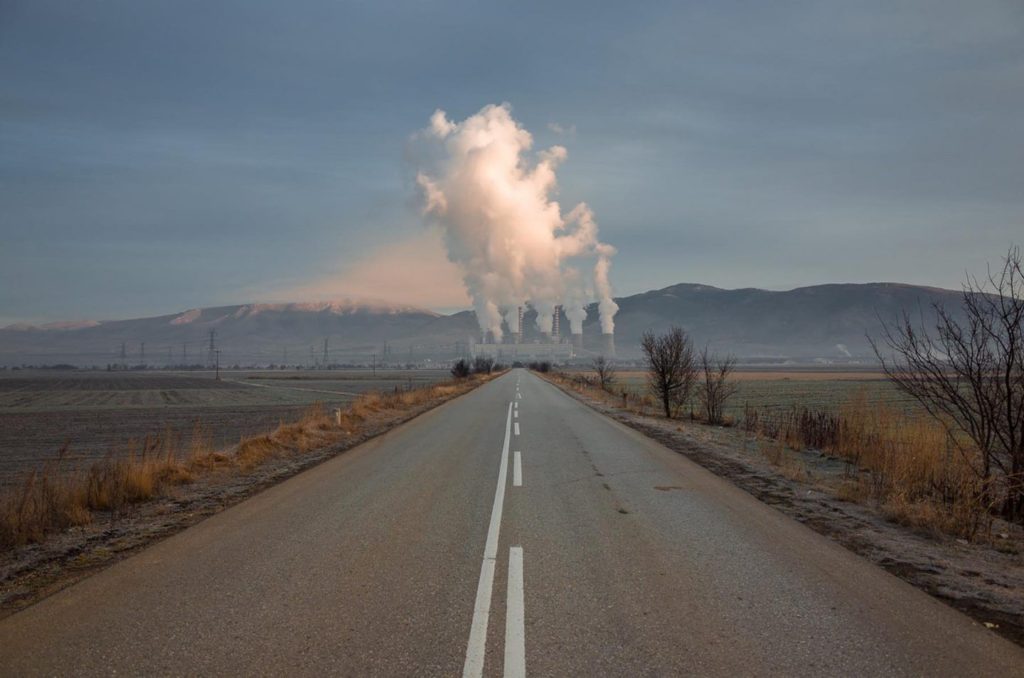
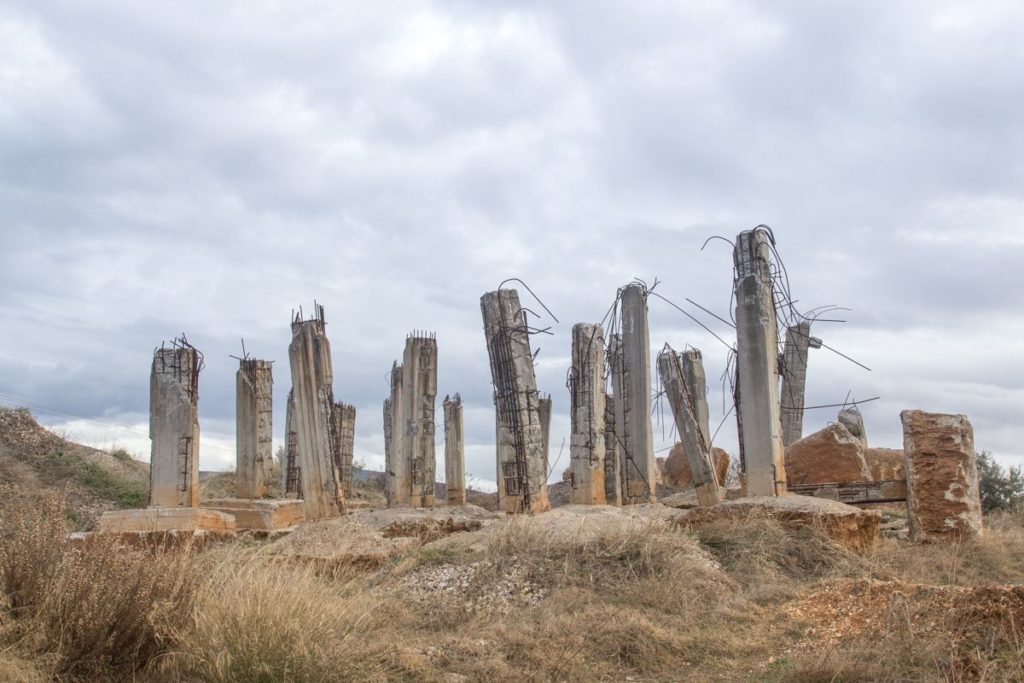
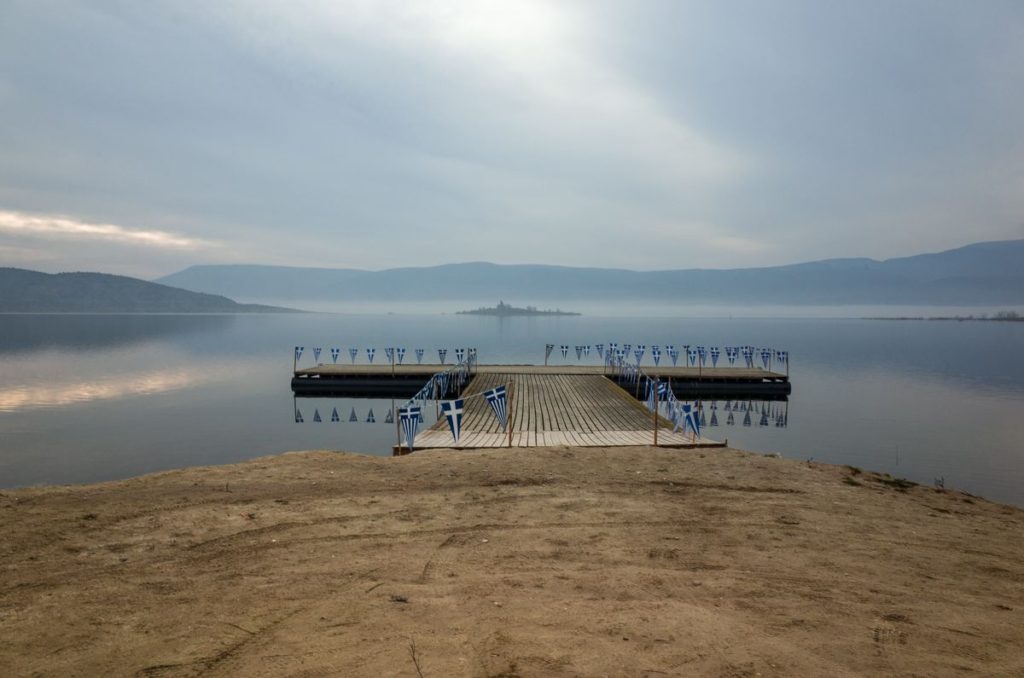
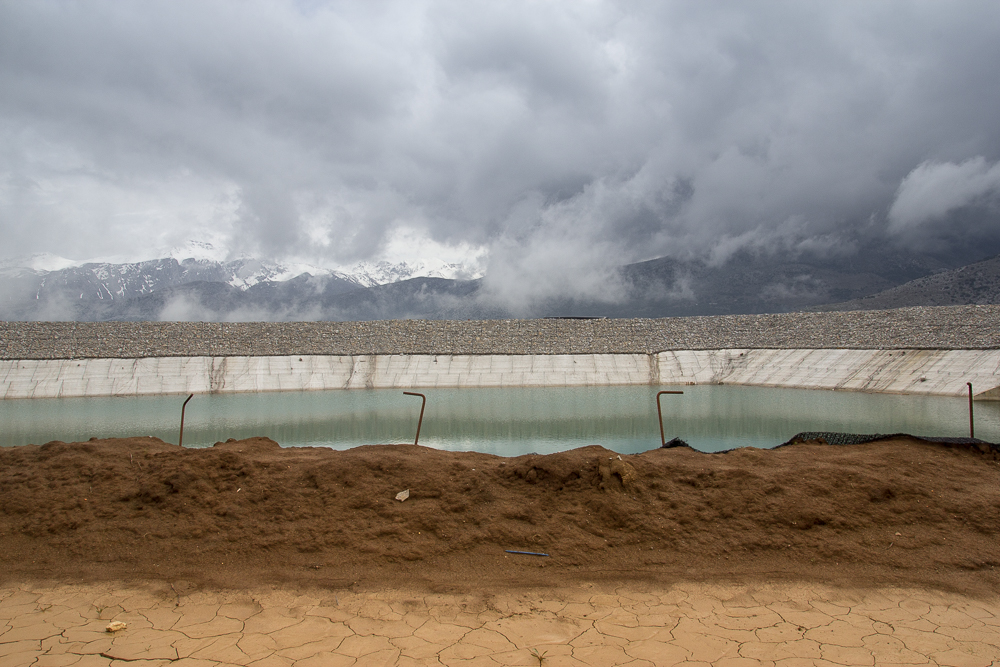

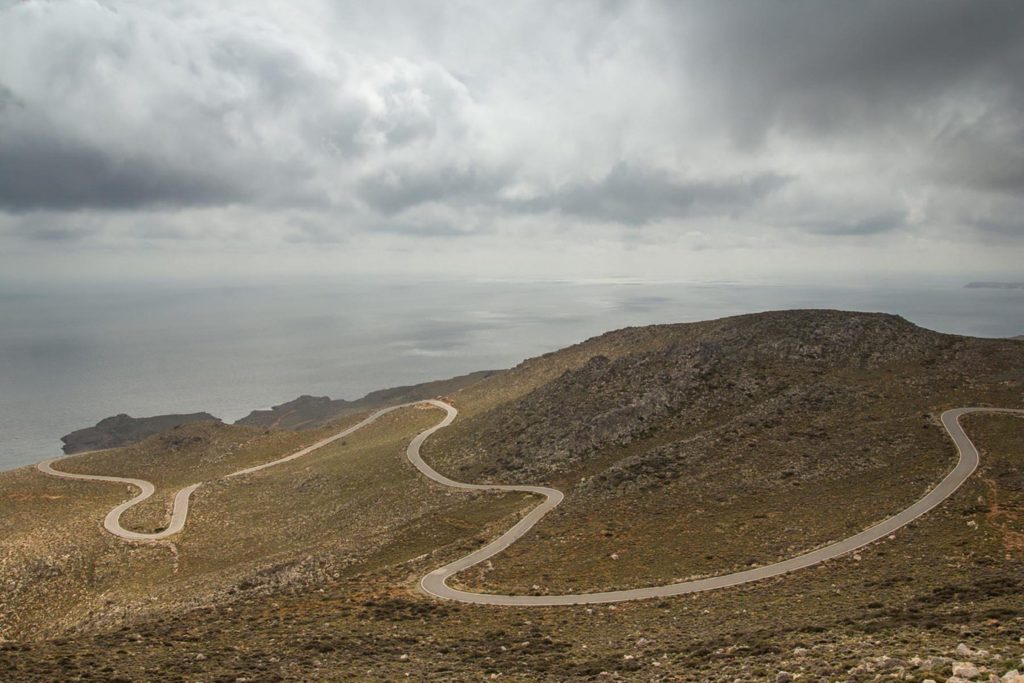
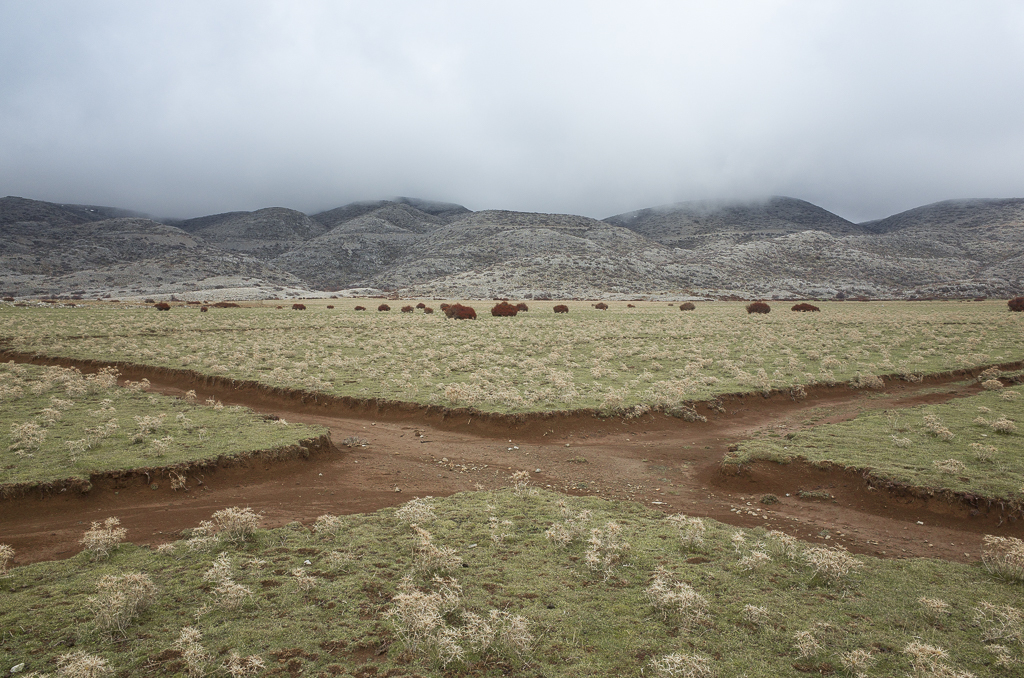
The above image features a natural landscape with a juxtaposition of a subtle hint to mans presence in the foreground with the carved out paths almost like scars on the earth.
George uses natural lighting and he creates a narrow image in terms of colour and contrast in the foreground while romanticising the background with higher contrast and tonal depth. This creates an almost boring foreground which insinuates the mundane and banal nature of man’s degradation on the earth while contrasting this with the dramatic powerful nature of the sublime in the background.
The image is also framed very symmetrically with the paths in the foreground forming an ‘X’ which creates a satisfying aesthetic.
